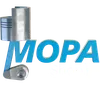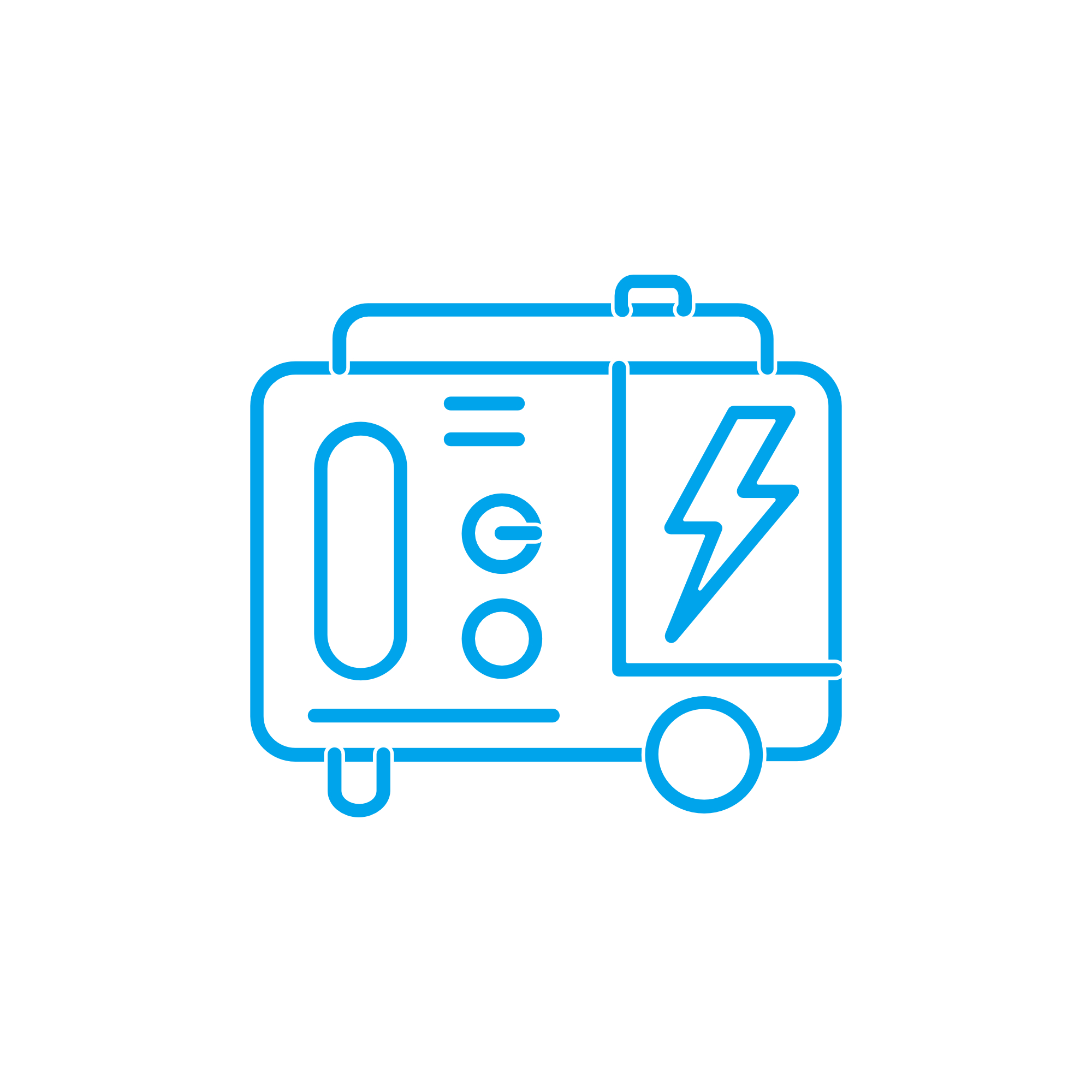EXCHANGE ALTERNATOR for Alternator and Generator Applications
Alternator and generator components convert mechanical energy from an engine into reliable electrical power. Within propulsion and auxiliary systems, they keep batteries charged, supply control voltage to ECUs, power navigation and safety equipment, and stabilize onboard electrical networks. Whether installed on a marine engine, a land-based diesel engine, or a gas engine genset, a well-matched EXCHANGE ALTERNATOR and its related generator equipment form the backbone of dependable power generation.
How an EXCHANGE ALTERNATOR works in marine engine and diesel engine generator sets
An alternator is typically a three-phase machine with a rotating field (rotor) and stationary windings (stator). The rotor is excited via slip rings or through a brushless exciter, producing a magnetic field. As the diesel engine drives the rotor, the changing magnetic flux induces AC in the stator windings. A rectifier bridge (diode pack) converts this AC into DC to charge batteries and supply DC loads, while an Automatic Voltage Regulator (AVR) or integrated regulator maintains setpoint voltage as load and speed vary. In larger generator sets, the alternator is coupled to a prime mover and provides AC output directly to an electrical distribution board, synchronized at 50/60 Hz and controlled for voltage, frequency, and power factor.
On a marine engine, the EXCHANGE ALTERNATOR marine engine setup often features corrosion-resistant hardware, sealed bearings, and enhanced insulation systems to cope with humidity and vibration. In a diesel engine fleet, high-output alternators stabilize control voltage for ECU, fuel injection, and aftertreatment systems. For parts traceability and consistent performance, operators frequently specify EXCHANGE ALTERNATOR OEM parts to match manufacturer specifications, connector geometry, pulley profile, output rating, and cooling strategy.
Alternator and generator roles in power architecture
In propulsion engines, the alternator primarily manages DC needs: starting battery replenishment, control systems, and emergency circuits. In auxiliary generator sets, the generator-end alternator delivers AC power to hotel loads, cranes, pumps, and mission-critical equipment. Sophisticated units incorporate droop or cross-current compensation for load sharing in parallel operation. Thermal design—fan cooling, airflow direction, and stator slot geometry—ensures sustained output while limiting copper and iron losses. Mechanical robustness—balanced rotors, high-grade bearings, resilient mounts—reduces vibration transmitted to the engine and lowers the risk of premature wear.
- · High-efficiency rotor/stator design for stable output
- · Precise voltage control via AVR or integrated regulators
- · Low ripple DC for sensitive ECU and sensor networks
- · Brushless excitation options for reduced maintenance
- · Marine-ready sealing, insulation, and corrosion resistance
- · Robust bearings and balanced rotors for long service life
- · Compatible pulley, mounting, and connector interfaces
- · Proven heat dissipation for continuous-duty operation
Why alternator and generator condition drives reliability and safety
Alternator and generator performance directly influences engine availability and asset safety. Undervoltage can cause ECU resets, sensor faults, and unstable fuel management. Overvoltage or poor regulation may damage electronics, blow lamps, and accelerate battery degradation. Excessive AC ripple from failing rectifier diodes can disturb control circuits and communication buses. Bearing wear and misalignment increase mechanical load on the engine and may lead to belt failure. Insulation breakdown in windings risks short circuits and fire hazards. In marine operations, power instability jeopardizes navigation lights, bilge pumps, and fire protection systems, raising operational risk. A properly specified EXCHANGE ALTERNATOR diesel engine setup keeps batteries within the ideal state-of-charge window, preserves starter performance, and secures reliable restarts after shutdowns or blackouts.
Advantages of OEM spare parts suitable for Alternator and generator
Using OEM spare parts for alternator and generator maintenance ensures that critical performance parameters remain within the design envelope. Voltage regulation characteristics, thermal class of insulation varnish, diode and regulator ratings, and rotor balancing tolerances must align precisely with the engine’s duty cycle and environmental exposure. EXCHANGE ALTERNATOR OEM parts preserve these parameters, protecting performance, budget, and service life across diverse applications.
Key benefits include dimensionally correct housings and mounts that eliminate alignment issues, consistent conductor cross-sections and winding schemes that maintain output curves, and compliant protective coatings that resist salt-laden atmospheres. Correct pulley geometry prevents belt slip and heat buildup. Standardized connectors and harness interfaces reduce installation time and the risk of miswiring. Ultimately, matching parts to the intended alternator and generator specification minimizes unplanned downtime, stabilizes total cost of ownership, and supports continuous operation under load.
Why an EXCHANGE ALTERNATOR OEM parts approach pays off
An EXCHANGE ALTERNATOR OEM parts strategy reduces commissioning risk because regulators, rectifiers, and excitation components are calibrated for the same control loop dynamics. It also supports predictive maintenance: vibration signatures and thermal profiles remain comparable across units, improving trend analysis. For multi-engine vessels or plants, interoperability across spare alternators simplifies inventory planning and accelerates turnarounds during port calls or scheduled outages.
MOPA as your partner for OEM alternator and generator solutions
MOPA is an experienced and reliable partner for OEM spare parts in the Alternator and generator category. Customers benefit from rapid response times, rigorous quality control, and secure, traceable transactions in the trade of OEM parts for diesel and gas engines. From EXCHANGE ALTERNATOR marine engine applications to land-based generator sets, MOPA supports identification by part number, offers technical clarification on regulators and excitation systems, and coordinates fast logistics to minimize downtime. Each delivery is handled with precise documentation to support compliance, safety, and efficient installation.
Conclusion
Alternator and generator components are vital to every engine platform, providing stable electrical power for starting, control, and mission-critical loads. Selecting an EXCHANGE ALTERNATOR matched to your application and maintaining it with OEM spare parts protects performance, improves reliability, and extends service life while controlling lifecycle costs.

